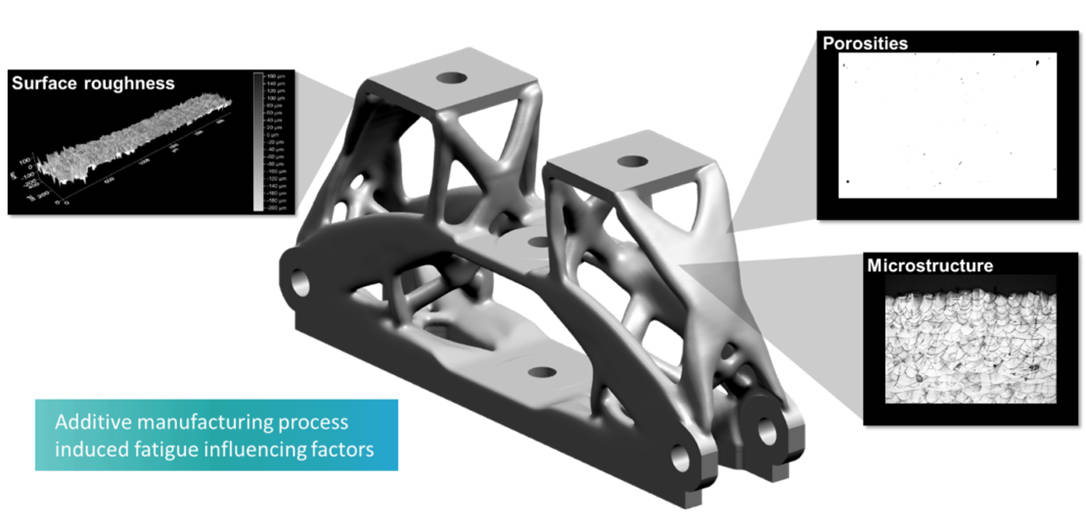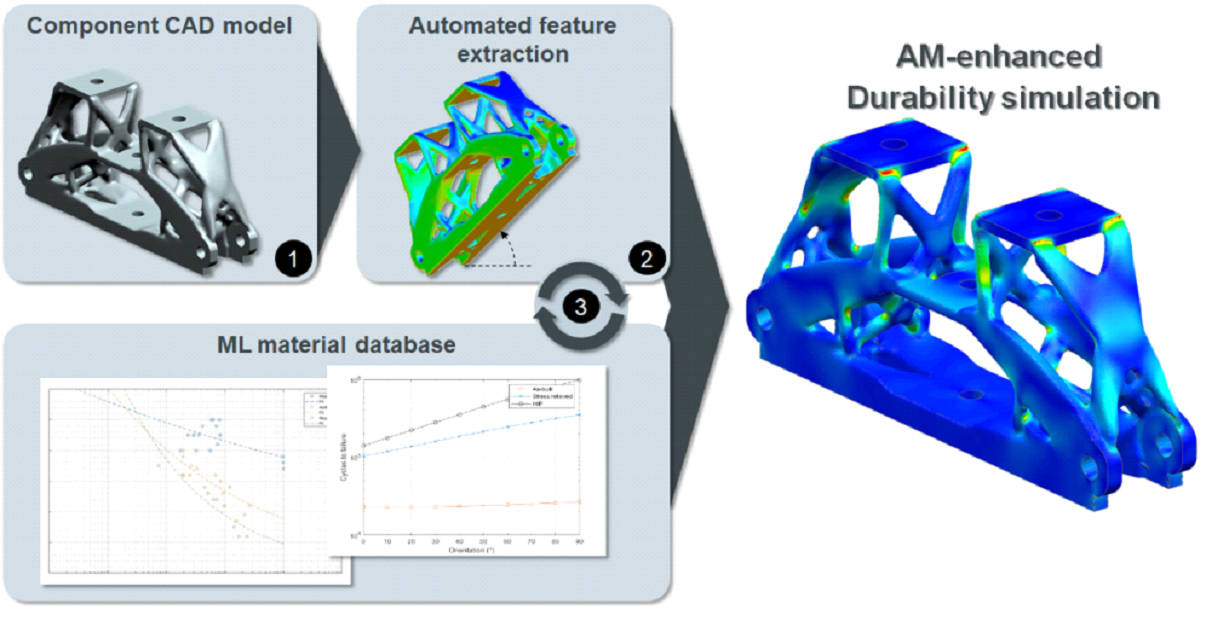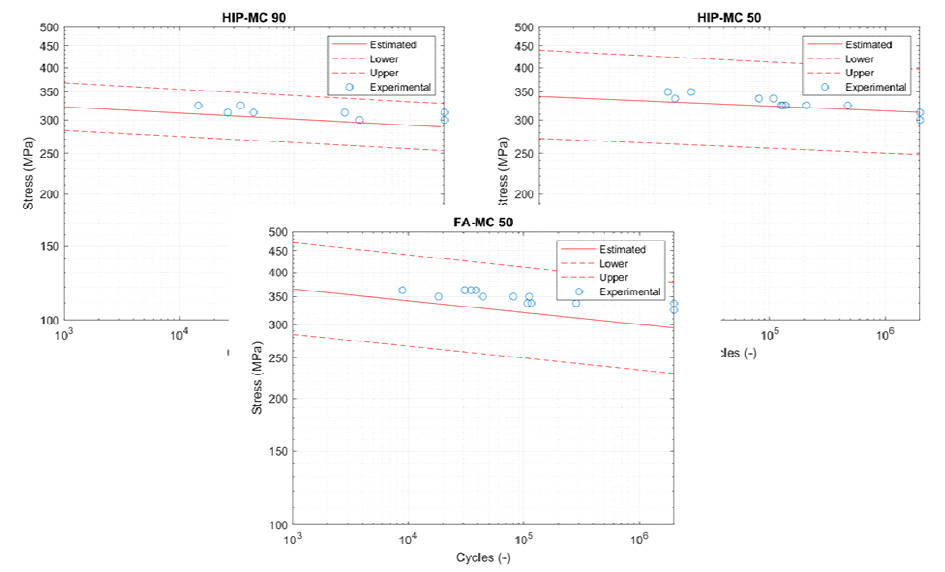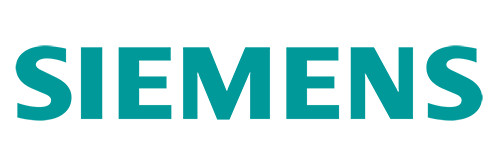Siemens have taken data from a test campaign carried out on an ElectroPuls E10000 fatigue testing machine, which is optimized for fatigue testing on Additively manufactured products. The data was then used to assess the challenges associated with AM for metal alloys and offer a solution to some of these challenges with Siemens Digital Industries Software.
The fatigue performance of a metallic component is determined by the features within the microstructure of the material and the geometry of the specimen. As with any manufacturing technique, the components produced through AM will contain features inherent to the process. These could come in the form of residual stresses, porosities or differences in surface roughness, and their presence will be highly dependent on the local geometry of the component, as depicted in Figure 1. This means the resulting relationship between the component and the microstructural features that will dictate its fatigue performance, becomes highly complex. Mathematical illustration of the interaction between features, as well as each feature’s individual impact is therefore impossible.

Figure 1 Factors affecting the fatigue life of a 3D-Printed structure.
For manufacturers producing performance critical components in Industry, the challenge of investigating fatigue characteristics will typically result in a heavy reliance on prototype testing and highly extensive testing campaigns at huge expense. This is due to a lack of Computer-aided Engineering (CAE) tools that can predict how dynamic performance differs depending on the array and combination of features found locally within each component.
Surface roughness is a clear example of how local features can differentiate in 3D-printed components, due to them being built up by overhanging subsequent layers of material by a small amount, as shown by the differing distributions in Figure 2. Manufacturers must therefore print and test parts in as many orientations as possible, in order to determine which produces the best fatigue characteristics.

Figure 2 Surface roughness as a function of overhang angle for differing build orientations, shown in Simcenter 3D.
It is not feasible to test all build orientations or assess all the combinations of microstructural features – not to mention the effects of loading conditions, residual stresses and post treatments. Nonetheless, for 3D-pirinted parts to be used in safety critical scenarios, these effects must be reliably predicted.
Through the power of machine learning, Siemens Digital Industries Software can assess the fatigue performance on 3D-Printed components that have not been mechanically tested. The methodology has been evaluated on specimens printed by 3D Systems according to a fixed set of processing parameters, for which the fatigue testing and analysis was performed by the Additive Manufacturing team of the Mechanical Engineering Department at KU Leuven , using an Instron® ElectroPuls E10000.
With its integrated T-slot table, the ElectroPuls E10000 from Instron is optimized for fatigue testing on Additively manufactured products. The all-electric nature paired with user-friendly WaveMatrix™3 software, as well as features such as patented Stiffness Based Tuning, culminate into a versatile and highly effective system for testing over a small footprint. Simple connectivity to strain gauges, DIC cameras and a host of other sensors, allow users to record detailed strain mapping across the surface of complex test components. As a result, producing a detailed data set for your test campaign has never been so quick and easy.From the real-world SN data acquired by the ElectroPuls system, the software can then predict the SN curve for untested combinations of conditions.
The machine learning uses a Gaussian Process Regression - a method that effectively provides a probability distribution for outcomes based on a minimal set of input data and offers advantages over classical approaches that utilize interpolation or extrapolation.
After incorporating the machine learning into the Siemens Simcenter 3D Specialist Durability software, fatigue properties can be defined by region or element and can include additional treatments to the material. From the CAD model, the system will then identify fatigue affecting features in the component and the Machine Learning Algorithm can then predict local SN curves corresponding to different surface elements in the model. A durability calculation can then quantify the damage accumulation for the entire structure based on its local features using the material properties and mapping of SN curves across the model to produce a simulation as shown schematically in Figure 3.

Figure 3 Depiction of workflow to determine durability computations using machine learning extension for 3D-printed parts.
The results in Figure 4 below, show the predicted fatigue behavior for three different samples. In each instance, the actual test data for each sample (represented by the blue data points), was not inputted into the machine learning algorithm. You can see from the graphs that the algorithm has successfully predicted the behavior of the samples, with all points sitting within the upper and lower bounds of the prediction and close to the predicted SN curve (solid red line). The samples shown include: a build orientated at 90 degrees, with subsequent machining and Hot Isostatic Pressing (HIP) treatment and two builds orientated at 50 degrees, one that received a Full Annealing (FA) treatment and the other HIP treatment.

Figure 4 Results of fatigue life prediction for 3D-printed parts closely matching real experimental data points.
This machine learning approach from Siemens looks to be a successful method for characterizing the fatigue properties of components made through additive manufacturing techniques and offers a solution that does not require specific inference of fatigue affecting factors. The method is also flexible enough to cater for local phenomena in the sample. Finally, for additive manufacturing facilities that likely have a limited number of knowledgeable individuals but a high demand for testing, the capability of the machine learning approach from Siemens, paired with the testing efficiency of the ElectroPuls E10000, results in a huge reduction in time and the number of tests required to achieve a wide variety of results.
If you want to read Siemens’ original article, it can be found here.
